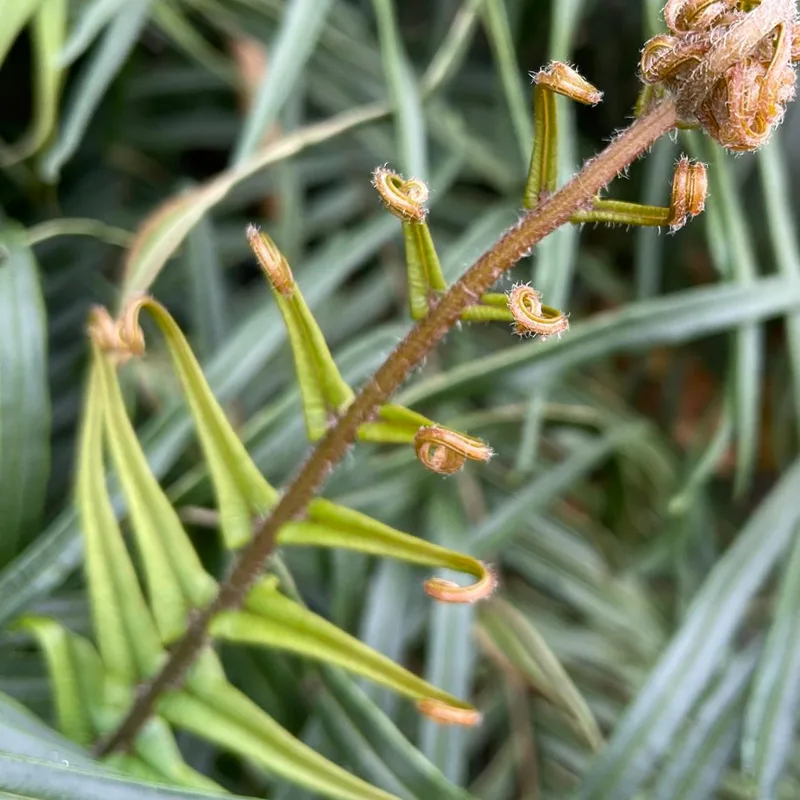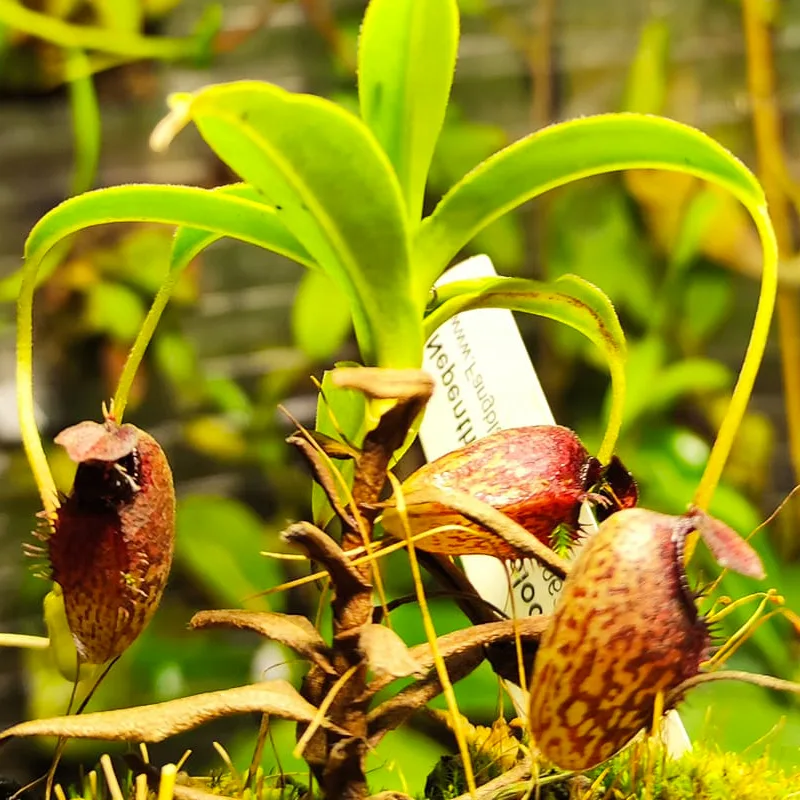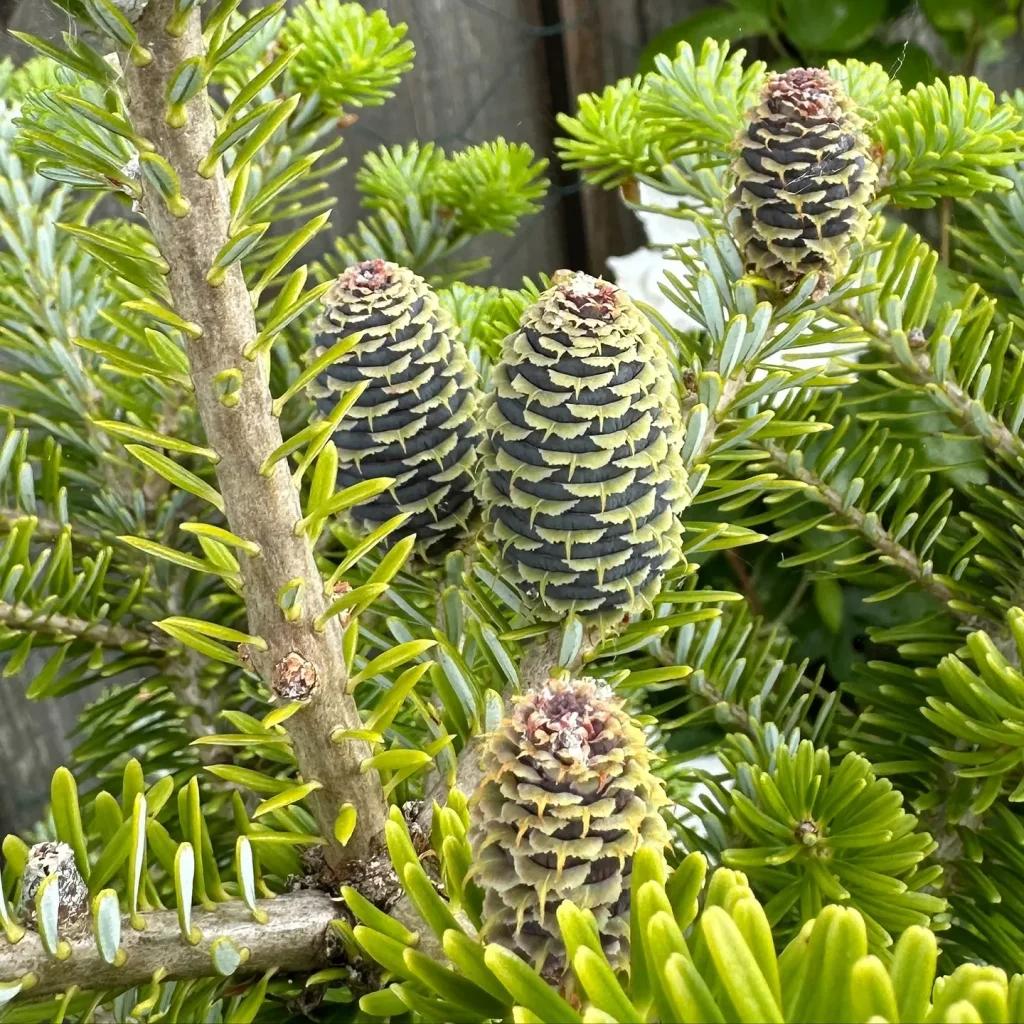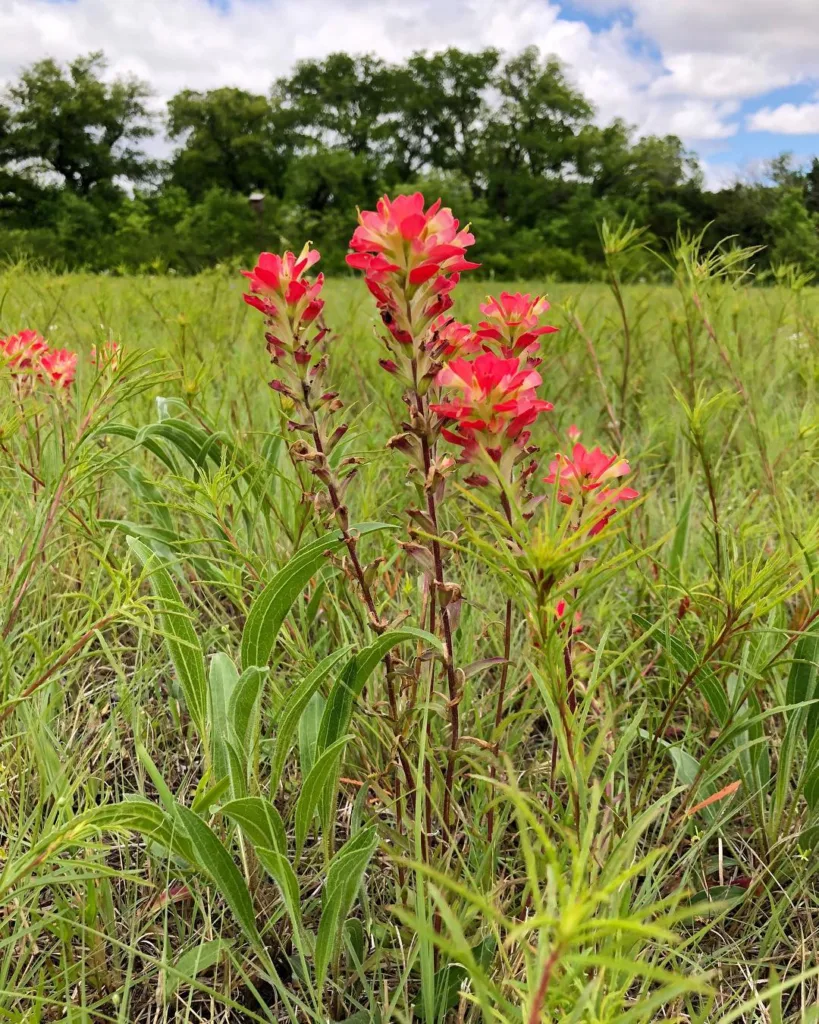
What is Hoya Merrillii?
Hi there, Ferb Vu here, and today we’re diving into the world of Hoyas, specifically the captivating Hoya Merrillii. This beauty boasts not only stunning foliage but also fragrant blooms, making it a coveted addition to any plant collection.
Whether you’re a seasoned Hoya enthusiast or a curious newbie, this FAQ will equip you with the knowledge to cultivate a thriving Hoya Merrillii.
566 Species in Genus Hoya
Light: Sunshine Seeker or Shade Dweller?
Hoya Merrillii thrives in bright, indirect light. Think dappled sunlight filtering through a sheer curtain. Harsh, direct sun can scorch the leaves, so avoid south-facing windows. East or west-facing ones are ideal.
Tip: Rotate your Hoya Merrillii regularly to ensure even growth.
Water: When Does My Hoya Need a Drink?
As with most Hoyas, Merrillii prefers the “less is more” approach to watering. Its succulent leaves store water, making it drought-tolerant. The key is to water deeply when the soil feels completely dry to the touch. Soggy soil is a recipe for root rot, so err on the side of underwatering.
Signs of Thirst: Drooping, wrinkled leaves are a telltale sign your Hoya needs a drink.
Winter Watering: During the cooler months, water even less frequently as the plant’s growth slows.
Soil: The Perfect Recipe for Happy Roots
Hoya Merrillii appreciates a well-draining, airy potting mix. Opt for a succulent or orchid mix, or create your own by combining equal parts potting soil, perlite, and orchid bark. This chunky mix allows for excellent drainage and prevents waterlogging.
Drainage is Crucial: Ensure your pot has drainage holes to prevent water from pooling around the roots.
Fertilizer: Feeding Frenzy or Famine?
Hoya Merrillii isn’t a heavy feeder. A balanced, diluted liquid fertilizer applied every 4-8 weeks during the growing season (spring and summer) is sufficient. Avoid over-fertilizing, as it can lead to salt buildup and damage the roots.
Winter Feast: During winter, when growth slows, hold off on fertilization.
Temperature and Humidity: Keeping Your Hoya Comfortable
Hoya Merrillii flourishes in average household temperatures between 65-80°F (18-27°C). It tolerates lower temperatures but avoid letting it dip below 55°F (13°C).
Humidity Matters: While Hoya Merrillii adapts to average household humidity levels, it thrives in higher humidity. Grouping your plants together or using a pebble tray filled with water can help increase humidity around your Hoya.
Let’s Talk Flowers: Witnessing the Fragrant Beauty
Hoya Merrillii rewards patient growers with clusters of star-shaped, pale lemon flowers adorned with a matching corona. These fragrant blooms typically appear in warm summer months and last for about a week.
Encouraging Blooms: Providing your Hoya with bright, indirect light and allowing it to become slightly root-bound can stimulate blooming.
Common Hoya Merrillii Issues: Troubleshooting Like a Pro
Yellowing Leaves: This can be caused by overwatering, underwatering, or lack of light. Check your watering habits and adjust accordingly. Ensure it receives sufficient indirect light.
Drooping Leaves: Underwatered Hoya Merrillii will often have drooping leaves. Give your plant a thorough watering and wait for it to perk up.
Pests and Diseases: Thankfully, Hoya Merrillii is relatively pest and disease-resistant. However, keep an eye out for mealybugs and scale, which can be treated with neem oil or insecticidal soap.
Propagation: Sharing the Hoya Love
Hoya Merrillii can be propagated through stem cuttings. Take a healthy stem tip with a few nodes, remove the lower leaves, and plant it in a well-draining potting mix. Keep the soil moist but not soggy and provide bright, indirect light. Patience is key, as rooting can take several weeks.
Hoya Merrillii vs. Hoya Carnosa: A Tale of Two Hoyas
Both Hoya Merrillii and Hoya Carnosa (the classic Wax Flower) are popular choices for houseplant enthusiasts. Here’s a quick comparison:
- Leaves: Hoya Merrillii boasts stunning red foliage in high light, while Hoya Carnosa has green, oval leaves with some varieties offering variegation.
- Flowers: Both Hoyas produce clusters of star-shaped flowers, with Hoya Merrillii’s blooms being pale lemon and Hoya Carnosa’s often pink or red.
- Growth Habit: Hoya Merrillii is a vigorous climber, while Hoya Carnosa can be trained to climb or cascade.
- Light: Both prefer bright, indirect light, but Hoya Merrillii can tolerate slightly higher light levels to achieve red foliage.
Ultimately, the best choice depends on your preference. Hoya Merrillii is a showstopper with its vibrant red leaves and fragrant blooms, while Hoya Carnosa offers classic charm and versatility.
Conclusion: Cultivating Confidence with Hoya Merrillii
With its stunning appearance, fragrant blooms, and relative ease of care, Hoya Merrillii is a captivating addition to any indoor space. By following these simple tips, you can cultivate a thriving Hoya Merrillii that will reward you with its beauty for years to come.
If i die, water my plants!



